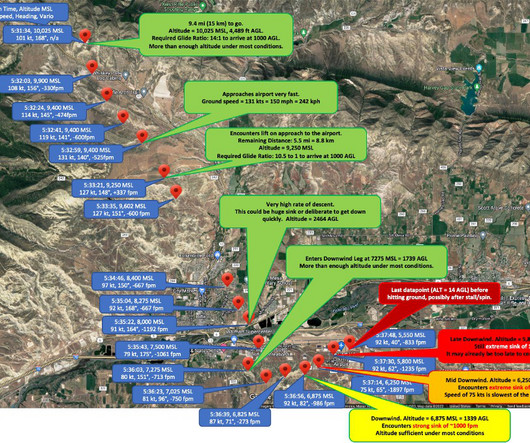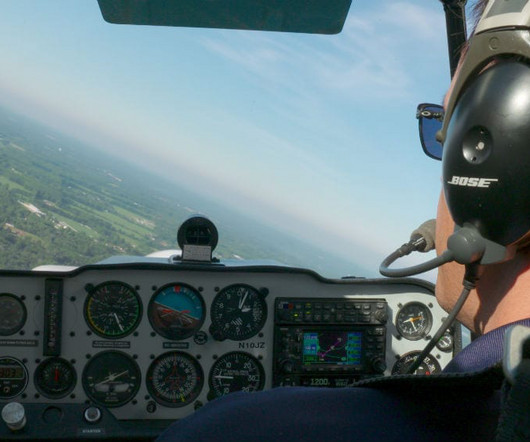What Is Ground Effect?
Pilot Institute
OCTOBER 2, 2024
It’s not magic—it’s ground effect. When you’re flying near the ground, within one wingspan, the aerodynamic forces start to change. Your wings don’t create as much drag as they would at higher altitudes, which gives you extra lift. Ground effect is a phenomenon that every pilot must master.












Let's personalize your content